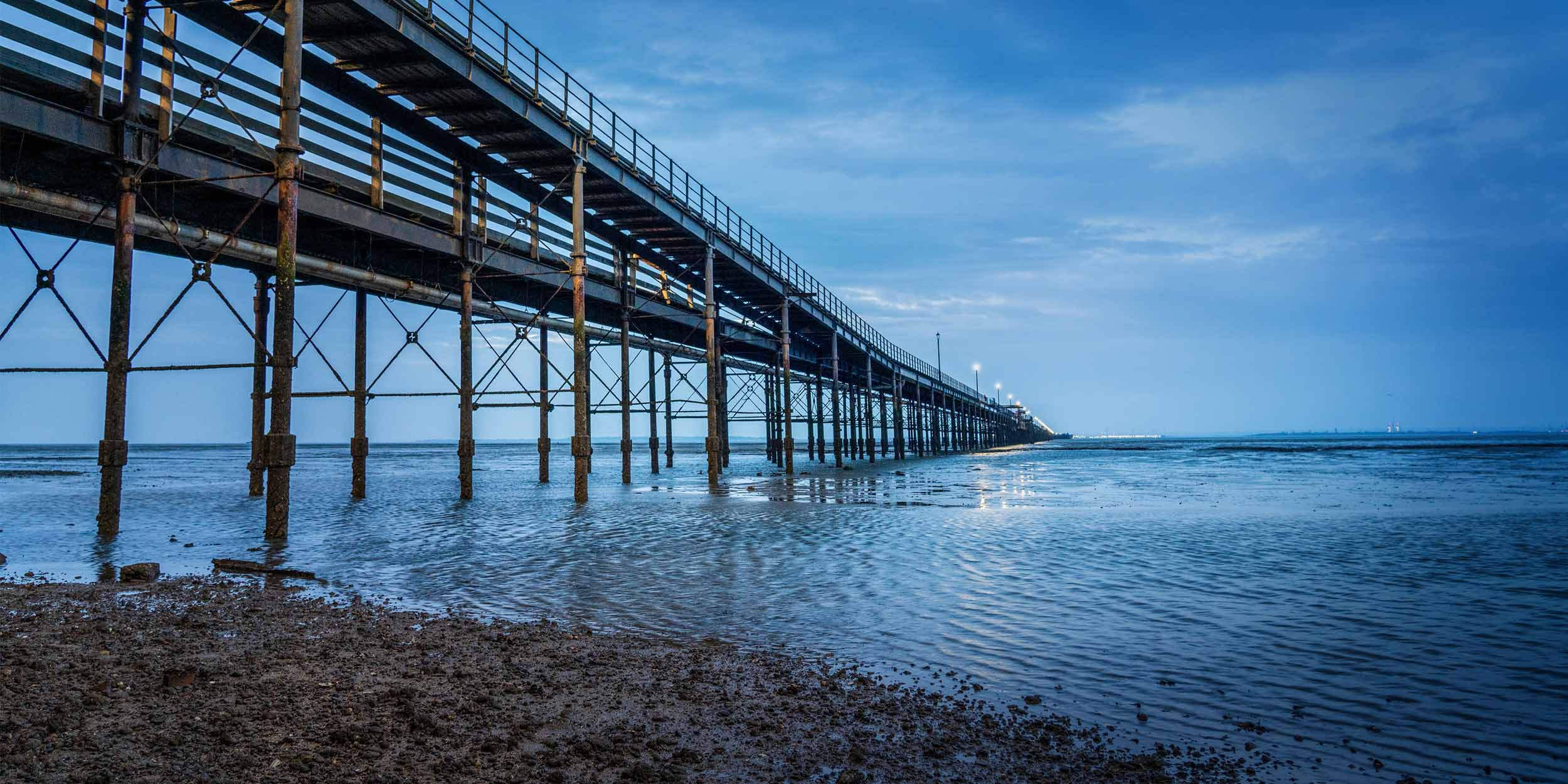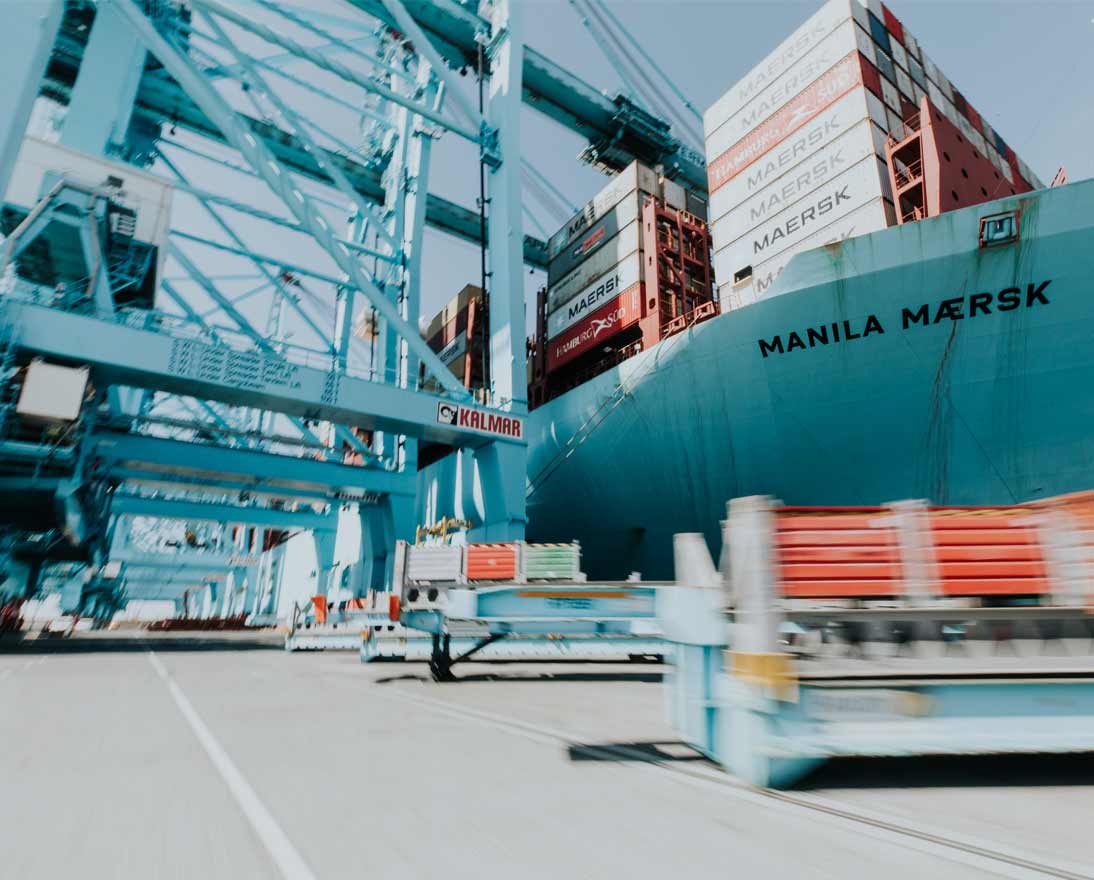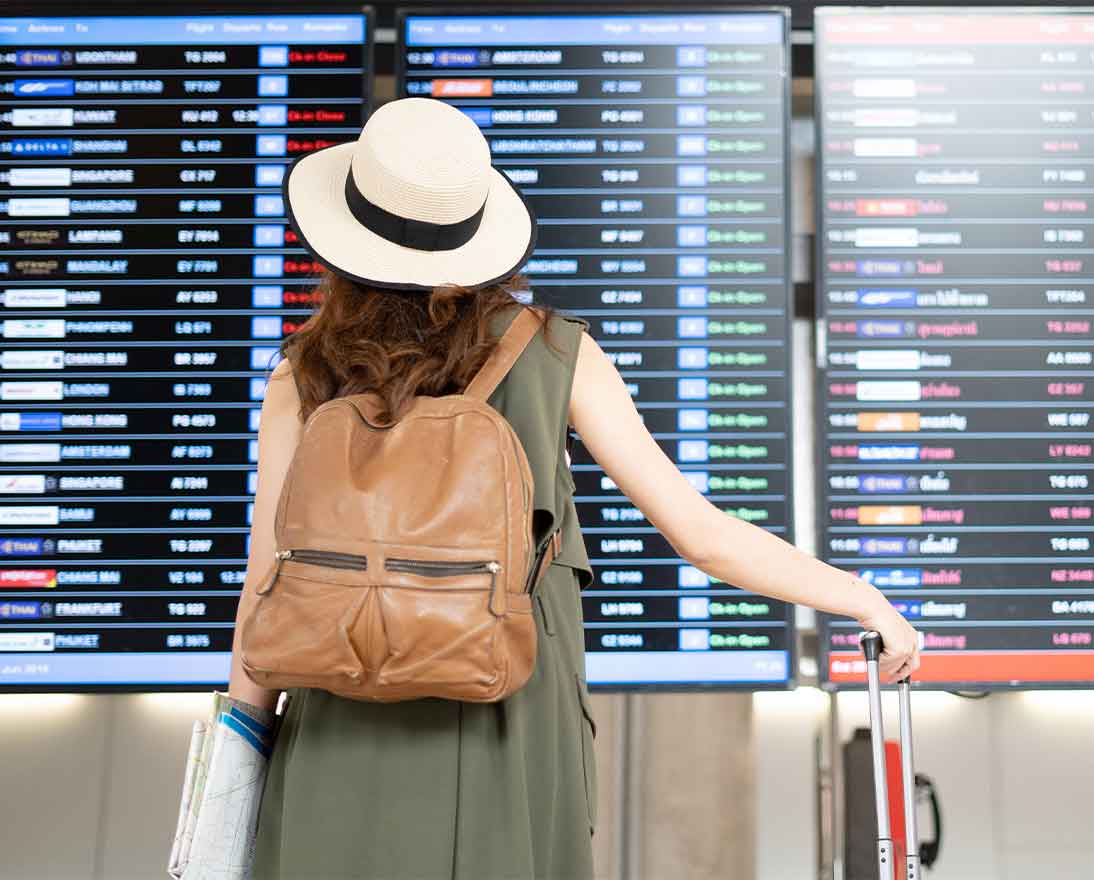Going to great lengths to protect the world’s longest pleasure pier
CustomersArticleAugust 21, 20249 min read
Zurich Insurance Group is supporting Southend-on-Sea City Council to preserve the world’s longest, and possibly one of the most loved UK pleasure piers: Southend Pier.
Stretching 1.3 miles into the Thames Estuary, Southend Pier is a landmark, a repository of generations of childhood memories, and an historical structure requiring dedicated and ongoing care. There might be more famous pleasure piers, but none so long, and perhaps none so much in the heart of a community.
Southend-on-Sea City Council relies on Zurich Municipal UK to insure not only the pier but also other properties including two theaters, art galleries, libraries, museums, parks, and a shopping center. It also works with Zurich Resilience Solutions (ZRS), which helps commercial customers and others to address traditional and evolving risks, including climate change.
Geoff Hales, Senior Property Risk Engineer at ZRS, says Southend’s pier is in many ways in a class of its own. “All piers face issues. But I would say Southend Pier is probably unique, especially given the scale.”
Not only is it the world’s longest pleasure pier. Southend Pier, according to the Guinness Book of Records, also boasts the world’s longest railway on a public pier. Attracting over 400,000 visitors a year, the pier supports the local economy, providing employment and enjoyment. It embodies Southend-on-Sea’s rich heritage. And the pier is an emotional touchstone for the entire community, giving it a unique sense of identity and pride.
This was evident when Southend Pier nearly got closed for good after a fire in 1976. The threat of a permanent shutdown drew public outcry, including from former poet laureate Sir John Betjeman, who summed it up neatly: “The Pier is Southend, Southend is the Pier.” Thankfully, the pier survived and after a major refurbishment, reopened in 1986.
Full of surprises
Southend has had a pier since 1830. The first was a simple wooden structure serving steam ships bringing wealthy Londoners, allowing them to land nearer to shore in the shallow estuary. The current iron pier dates to 1889. A Victorian engineering marvel, while much of it has been rebuilt over the years, it has survived wind, weather, and saltwater corrosion, and even served defense efforts during WWII when it was briefly renamed the HMS Leigh. Both the pier, and its railway provided invaluable wartime service, the latter transporting sick and wounded from ships to shore.
As a Grade 2 listed structure, a classification underscoring its official historic significance, Southend Pier is also full of unexpected quirks. “You come across things you don’t expect to see,” says Kathy Slowther, the head of the insurance team for Southend-on-Sea City Council. The whole pier team is constantly on the lookout for potential problems, which, if left unchecked, could pose hazards to people and the pier. Given that some of the original plans for the pier vanished long ago, it can still surprise even those who know it well. For example, maintenance workers evicting pigeons discovered to their astonishment a second ceiling behind the one they demolished, dating back to the original structure, previously undisturbed. “We are constantly adding new things to the records,” says Slowther.
A constantly evolving relationship
Slowther describes the relationship with ZRS and Zurich Municipal UK as one that is “constantly evolving.” The council allocates a large sum annually for pier upkeep and planned structural repairs. Thanks to Slowther’s and others’ insistence, Southend is believed to be one of the few pleasure piers in the UK with fire sprinklers. The GBP 2.5 million bespoke sprinkler system was installed in 2011 after a major fire in 2005. It cost approximately half what the fire cost the pier. The system requires weekly inspections. But Slowther believes the investments in money and time are well worth it.
To enhance fire safety, the Council worked with Zurich to achieve what is believed to be the best outcome. “Zurich Municipal’s risk and resilience team were actively involved in the discussions around the sprinkler installation on the pier,” says Joanne Lowe, Senior Risk and Insurance Consultant at Zurich Municipal. Although there were some challenges, “the most important thing is that Southend opted to install the sprinklers voluntarily, showing their willingness to control and risk-manage the pier themselves,” Lowe says.
Containing risks
It is, counterintuitively, hard to fight a fire on a pier. A crop-spraying plane carrying water was even deployed to help douse the flames during a major blaze in 1976. Much of the modern safety design aims to make sure that firefighting equipment can reach all sections of the pier.
Today the pier boasts 14 silver fire hydrants along its length that connect to the public mains, feeding into a reservoir which also provides water to all of the sprinkler heads. Run by two diesel pumps, if needed, the system allows hydrants to produce a 30-meter-long jet delivering an impressive 3,500 liters per minute. Pumps also circulate water in the winter to prevent pipes from freezing. Given the pier’s length, and risk of a blaze developing in the middle, under the pier’s Prince George extension, over a mile out to sea, submerged pumps can also independently supply three more hydrants with seawater. The pier crews can also summon a tugboat moored across the estuary in Kent equipped with special firefighting equipment, including high-pressure water cannons if needed. A tugboat can connect its firefighting guns directly to the pier’s sprinklers and supply them with sea water, if other alternatives aren’t immediately available.
Apart from ensuring that the locations of the hydrants are known and detailed correctly, the local fire brigade does regular ‘walk-through’ inspections of Southend Pier, and there are full-blown evacuation exercises staged, with all emergency services involved, and even actors hired to play the part of at-risk public.
Climate change, drifting ships
The impact of longer summers means that today, the pier’s high season extends into autumn. Mild winters bring more visitors even in the cold months. While visitor traffic is positive, the impact of a changing climate can also raise tide levels and intensify storms.
“Over the last decade we have seen higher tides that exceed six meters more regularly, and we are also experiencing stronger winds more frequently even through the summer months,” says Slowther. A greater incidence of strong winds means more frequent post-storm inspections, she adds.
The pier is also no stranger to ship collisions. Southend Pier juts out into a busy estuary. Thousands of freighters, pleasure craft and other ships pass through the Thames Estuary each year. Some might go off course. At last count, well over a dozen different ships have struck Southend Pier, including an 80-foot barge that broke loose from its moorings in 2011. As soon as those structural repairs were completed, a commercial fishing boat collided with the pier, again causing structural damage. “It’s not always what it is that hits the pier, but where it hits that makes the difference,” says Slowther.
Concrete and steel
Repairs always aim to ‘future proof’ the pier. Aiming to keep the pier structurally sound, the original riveted wrought iron structure is being replaced with steel. The process will take four years to complete and involves installing new hot-dip galvanized steel beams. It might be more costly than other methods, but it should prolong the beams’ useful life. Some of the old wrought iron beams are also being refurbished and reused in the structure.
The concrete section farthest out to sea, which takes a battering by the waves – the ‘Prince George extension’ – is also undergoing renovation. To reduce corrosion of the reinforced steel within the concrete, this section of the pier has tested ‘impressed current cathodic protection’ in which a low-voltage current is passed through the reinforcing bars within the concrete. After a successful trial, the Council is preparing to use this approach to repair all defective areas on the concrete structure.
Pier of the Year
Despite the hardships Southend Pier faces – it is a one of only about half the nearly 100 pleasure piers still surviving in the UK, according to a study by Bournemouth University – it has managed to endure, helped by the outpouring of love and loyalty it inspires in the community and beyond.
Southend Pier’s success story was officially recognized in 2023 when it received the prestigious UK National Piers Society ‘Pier of the Year’ award. “Southend Pier is a true survivor,” managing to transform itself into “the vital contributor to the resort’s tourism and leisure economy it has become today,” the Society’s Chairman, Tim Wardley noted when the award was announced.
Looking to the future
Most would argue that it’s worth all the work to keep Southend Pier alive for the future. Southend-on-Sea Council has found new ways for the public to enjoy the pier. Throughout the year it draws crowds with special themed events including at Christmas, Easter and Halloween. It has hosted large-scale light installations, and Europe’s largest street art festival. In May-June 2023, a fully rigged tall ship visited the pier. The ‘floating museum’ drew thousands of visitors. The pier expects to host another tall ship in 2024.
During the summer months, a tour company provides day-trip cruises in the estuary, including to local landmarks like World War II-era ‘Maunsell Forts.’ And, reprising Southend’s history, the pier is still a destination for at least one steam ship. Harking back to Southend’s past, the ‘Waverley,’ believed to be the world’s last remaining seagoing passenger paddle steamship, still voyages on occasion from London to Southend Pier, allowing passengers to relive the glory days of travel to the seaside, just like long ago. If all goes well, it will dock again at Southend Pier in late summer 2024.



